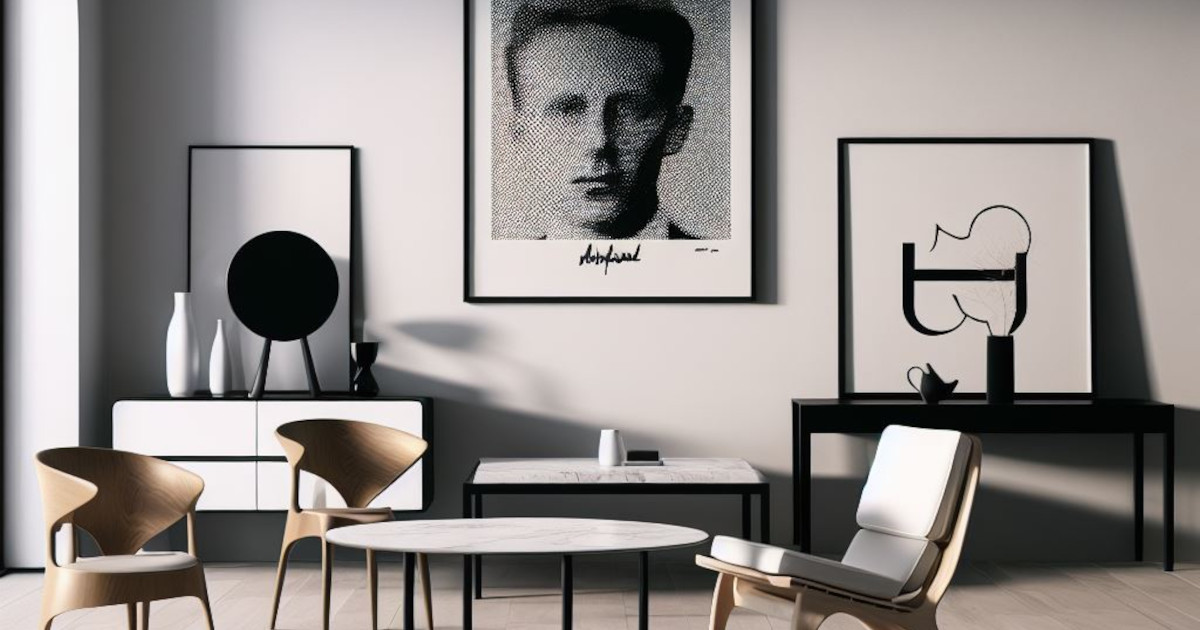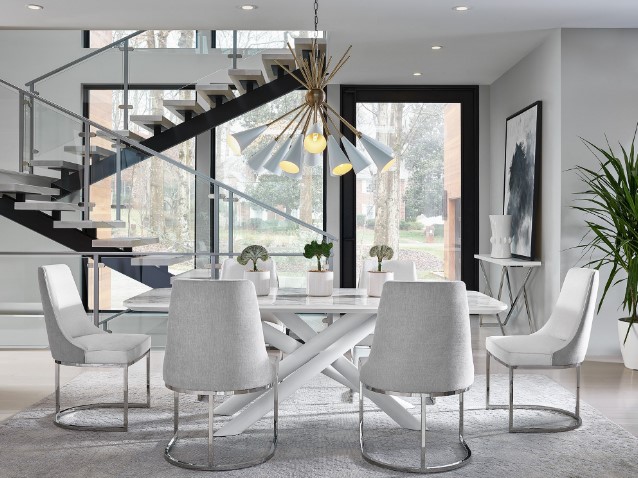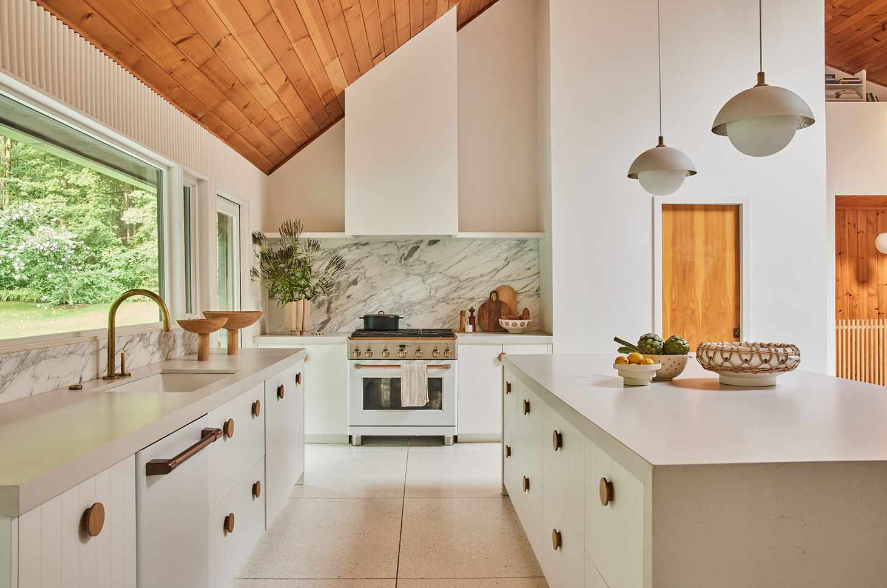
Icons have been an integral part of home decor for centuries, serving as powerful visual representations that can elevate the aesthetics of a space while providing a glimpse into the homeowner’s tastes, cultural heritage, and design preferences. They are more than just mere decorative elements; they are expressions of individuality and creativity that can significantly influence a home’s ambiance and aesthetic appeal. Be it a simple geometric pattern or a complex religious symbol, icons have the potential to transform a space, making it reflect the inhabitant’s personality, values, and style.
Historical Influence of Icons
Throughout history, icons have played a vital role in home decor, reflecting cultural, social, and artistic trends of their time. They hold symbolic significance, from the intricate geometric patterns in Islamic art portraying the boundless nature of God to the symbolic motifs in Ancient Egyptian decor representing concepts of life, death, and eternity. Different eras and cultures have harnessed the power of icons to enrich the beauty and significance of their living spaces. These historical influences continue to inspire modern home decor, infusing it with depth and context. Even today, we are captivated by the allure of Greek key designs, Romanesque reliefs, and Asian calligraphy, testifying to our enduring fascination with historical iconography.
Religious Icons in Home Decor

Religious icons hold a special place in home decor. They are not just decorative elements but are often deeply personal and spiritual symbols that reflect the homeowner’s faith and beliefs. For instance, a Buddhist home might feature a serene Buddha statue as a focal point in a meditation area, while a Christian household may display a crucifix on the wall, signifying their faith and devotion. Similarly, Hindu homes often host a variety of deities in their prayer rooms. These religious icons serve dual purposes – they provide visual interest and also create a spiritual sanctuary within the home, fostering a sense of peace and tranquility. They are a testament to the intertwining of aesthetic appeal and spiritual comfort in our living spaces.
Icons in Modern Home Decor
In contemporary home decor, icons come in various forms, from geometric patterns that embody the clean, sleek lines of modern design, to nature-inspired motifs that bring a touch of the outdoors indoors. Cultural symbols, such as mandalas or tribal patterns, reflect the homeowner’s heritage or interests, while pop culture references add a fun, personal touch to the space. These icons help define a space’s aesthetic, set the mood, and express the homeowner’s personality. For example, a minimalist space might feature simple, clean-lined icons that emphasize functionality and simplicity, while a bohemian home might be adorned with vibrant, eclectic symbols that reflect a carefree, creative spirit.
Global Iconography in Decor
The use of icons in home decor is a worldwide phenomenon, with diverse cultures showcasing their distinctive iconography. Scandinavian decor, for example, embraces minimalist, nature-inspired icons, reflecting the region’s affinity for simplicity and natural beauty. In contrast, Indian decor is renowned for its vibrant, intricate motifs inspired by mythology, nature, and traditional crafts, showcasing the country’s rich cultural heritage. Moroccan decor features complex geometric patterns and bold colors, mirroring the historical and cultural influences of the country. By blending these global influences, a unique and eclectic home decor style can be created, transcending geographical boundaries and becoming a melting pot of design ideas.
Pros and Cons of Using Icons
While icons can add visual interest and personal touch to a space, it’s important to use them judiciously. Overuse can lead to visual clutter, creating a chaotic and overwhelming space. Mismatched or inappropriate icons can disrupt the aesthetic harmony, leading to a disjointed and jarring look. On the other hand, well-chosen icons can tell a story, express individuality, and create a visually appealing space. They can serve as conversation starters, reflect your passions and interests, and even evoke emotions. The key lies in striking a balance between style, comfort, and personal expression. It’s all about choosing icons that resonate with you, complement your decor, and enhance your space’s overall look and feel.
Future Trends in Icon Usage
As we look towards the future, we can expect to see evolving trends in icon usage in home decor. With the rise of digital technology, we might see more interactive, tech-inspired icons, such as LED wall art or holographic displays. Sustainability concerns could also drive the popularity of eco-friendly, nature-inspired motifs, reflecting our growing awareness and commitment towards environmental conservation. Additionally, as we continue to embrace diversity and inclusivity, we might see more culturally diverse icons making their way into our homes. Regardless of the trends, the power of icons to inspire and personalize our living spaces will remain enduring.
Conclusion
Icons have had a profound influence on home decor, shaping the aesthetics and narratives of our living spaces. Whether they are historical symbols, religious icons, or modern motifs, they offer endless possibilities for personal expression and aesthetic exploration. They transform our homes from mere living spaces to reflections of our identities, tastes, and values. As we continue to evolve and innovate in our design choices, icons will undoubtedly continue to play a pivotal role in our home decor endeavors. They are not just decorative elements; they are visual storytellers, narrating the tales of our lives through the language of design.







